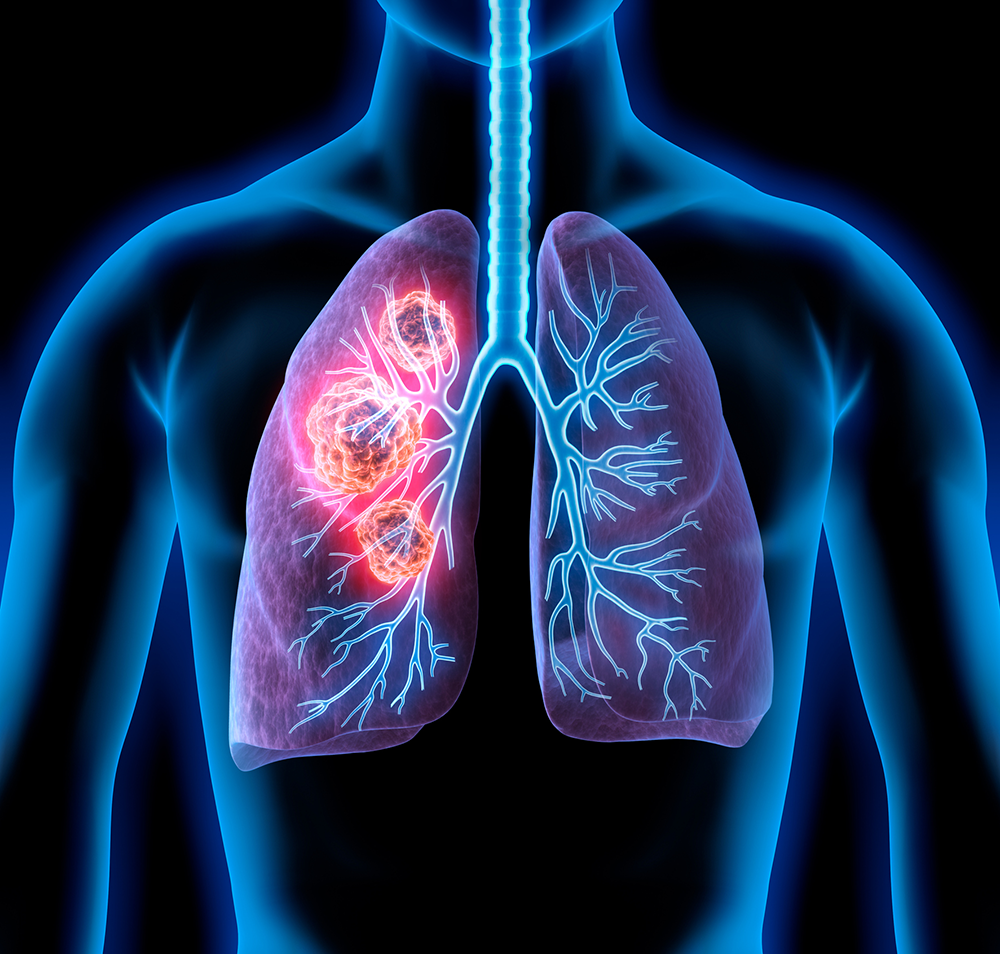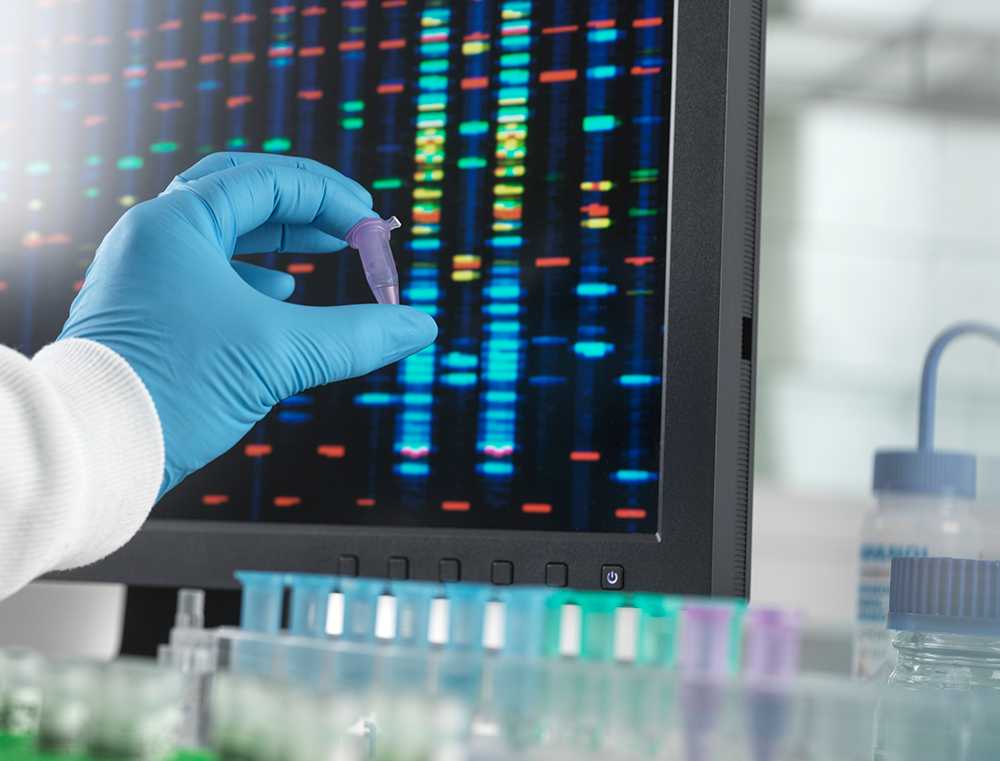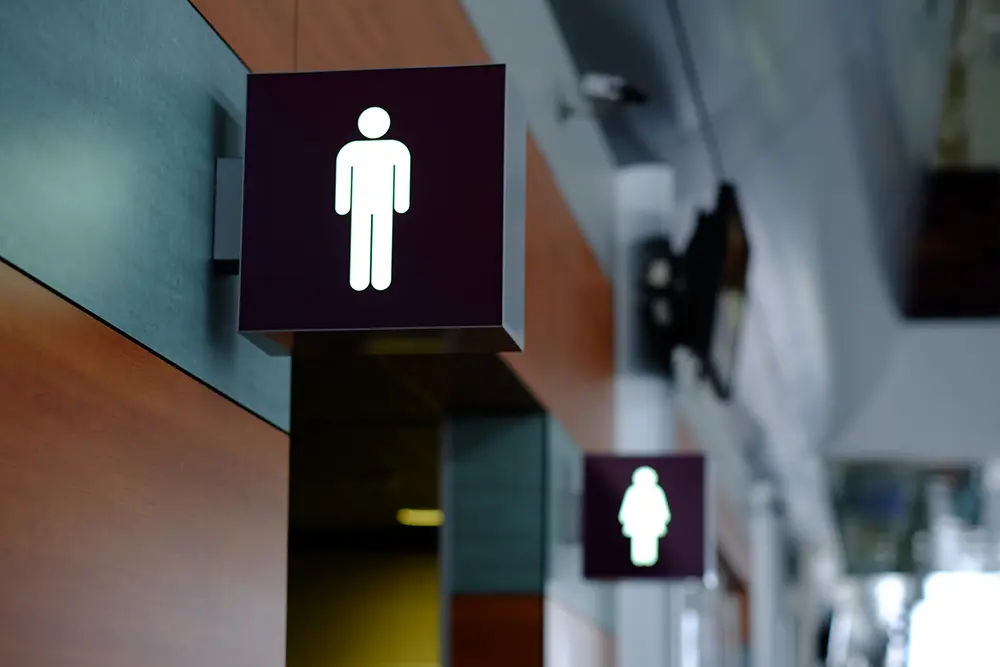Testicular Cancer: Know the Signs and Symptoms
In the United States, approximately 9,310 men are diagnosed with testicular cancer each year. It is the most common form of cancer in men between the ages of 15 and 35, and one of the most curable.
The American Cancer Society recommends men remain aware of testicular cancer and see a doctor immediately if a lump is found. The majority of doctors agree that a testicular exam is a vital part of a regular checkup. During a testicular exam, the physician will feel the testicles and examine them for the presence of lumps, swelling, or any other abnormalities. The physician will also examine the stomach area, lymph nodes, and other body parts for any sign the cancer has spread.
While routine testicular exams are important, most testicular cancer is detected by men themselves, either unintentionally or by self-examination. While no studies have been done to determine the effectiveness of testicular self-examination, it is important for all men to be aware of the signs and symptoms of the disease and consult with their healthcare provider if they notice any change.
Possible signs of testicular cancer include:
- a lump or swelling in a testicle
- breast growth/soreness
- pain or discomfort in a testicle or in the scrotum
- early puberty in boys
- any enlargement of a testicle or change in the way it feels
- a heavy sensation in the scrotum
- a dull ache in the lower stomach, back, or groin
- a rapid collection of fluid in the scrotum
Minnesota Oncology has helped countless men in the Twin Cities and their families win the battle against testicular cancer by providing easy access to a full range of advanced cancer care services in an environment that allows patients to remain close to their homes and their support networks of family and friends. As a member of The US Oncology Network, we can quickly bring the latest advances in therapies, research and technology to where patients live. As a result, patients access expert cancer treatment with the least amount of disruption to their daily lives.




